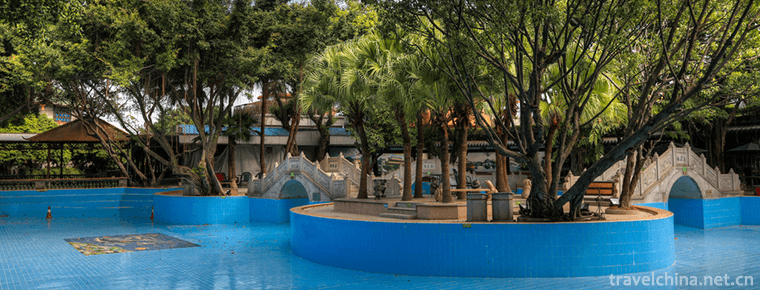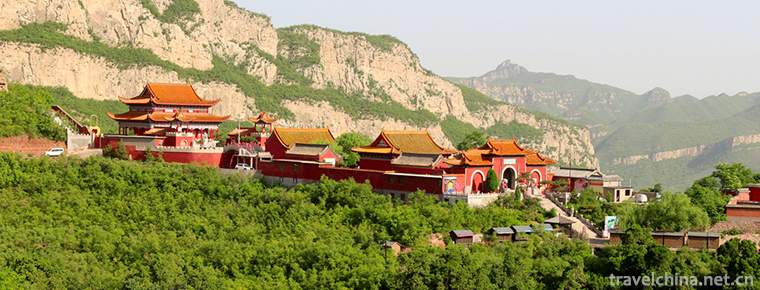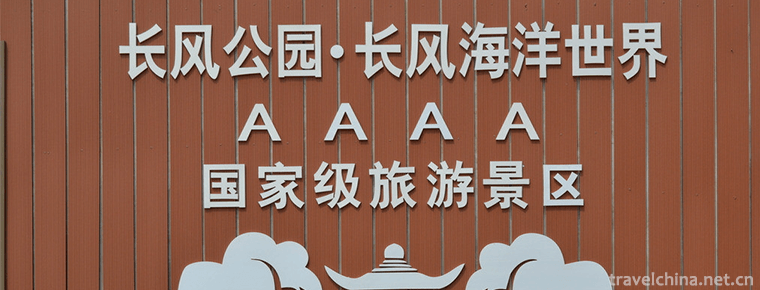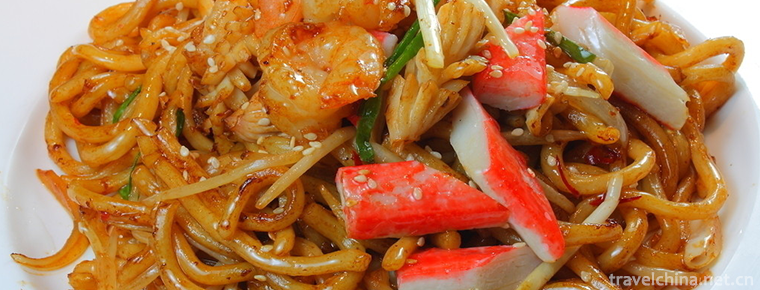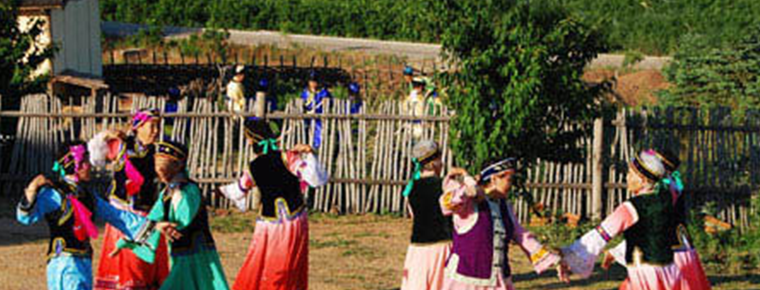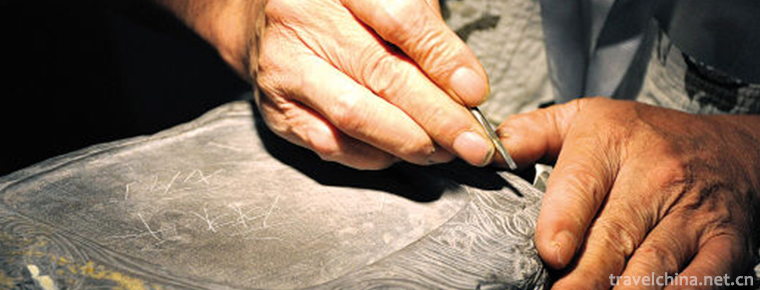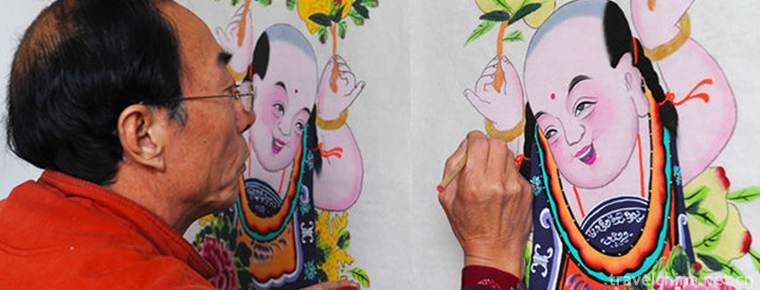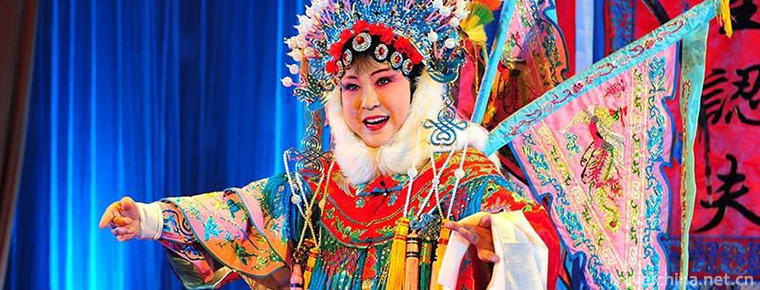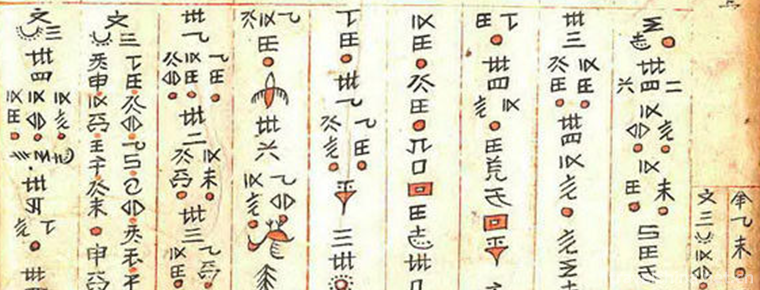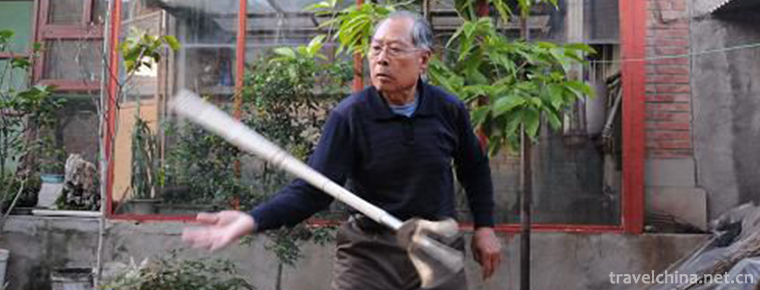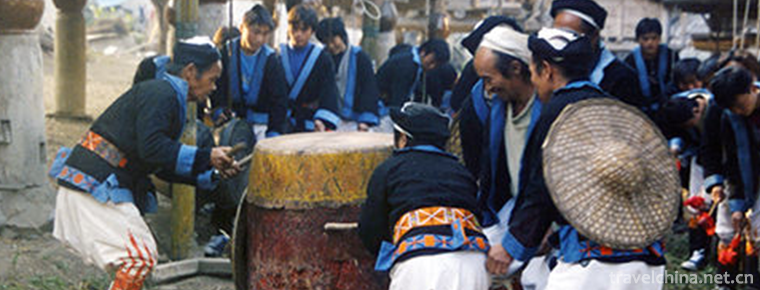Fengyang flower drum
Fengyang flower drum
Fengyang flower drum is also known as "flower drum", "beating flower drum", "flower drum gong", "double drum" and so on. Fengyang flower drum originated in Linhuai County, Fengyang Prefecture (now Eastern Fengyang County) and is a traditional folk performing art which integrates music and dance. However, speaking and singing performance in the form of folk art is the most important and famous, which is generally believed to have formed in the Ming Dynasty.
Fengyang Flower Drum, Flower Drum Lantern and Flower Drum Opera are also called "Three Flowers of Fengyang". Fengyang flower drum is mainly distributed in Fengyang County, lighting, Xiaoxi River and other townships. The performance form of its musical form is accompanied by a person or two playing small drums and gongs while dancing and singing. Historically, artists mostly used this as a means of making a living by going out to sell art, so Fengyang Huagu spread all over the Yangtze River. During the reign of Emperor Kangxi and Emperor Qianlong of Qing Dynasty, many literati's poems and essays recorded the lively scene of singing and dancing in Fengyang Huagu performance. After the mid-Qing Dynasty, the dancing factors gradually faded out from the folk Fengyang flower drum, leaving only the singing part, which was divided into "sitting and singing" and "singing door head".
Fengyang Huagu is a traditional folk opera art treasure rooted in Fengyang. It has the reputation of Fengyang's "unique" and has been listed in the first batch of national intangible cultural heritage.
In 2006, Fengyang Huagu was selected as the national intangible cultural heritage.
Historical origin
the Ming dynasty
Historically, Zhu Yuanzhang established the Ming Dynasty and migrated to Fengyang Palace. Because of the population explosion and famine in Fengyangfu area, these migrant households in the south of the Yangtze River hope to return to the south of the Yangtze River, but Zhu Yuanzhang strictly forbids them to leave the Fengyangfu, so they have come up with a way to leave the Fengyangfu in disguise of selling art and making a living by playing drums and singing songs. In the Ming and Qing Dynasties, as Fengyang Prefecture (now northern Anhui Province) was a long-term disaster area of "three years of evil floods, three years of drought and three years of locust infestation", every autumn, there were groups of women selling and singing to survive. At the same time, there are professional artists who sell and sing all over the country with flower drums on their backs. At the end of the Ming Dynasty, the scope of circulation continued to expand and the performance was unprecedented. At the end of the Qing Dynasty, Fengyang Flower Drum spread more widely, and some even traveled across the sea to Southeast Asia.
the Qing dynasty
During the reign of Qianlong, some people adapted the Fengyang flower drum singing by the two men into Fengyang flower drum singing and dancing, and performed for the emperor in the court. In the book "Continuation of Neon Dresses" compiled during Qianlong period, songs and dances such as "Flower Drum Xianrui" and "Drum Music Chengxiang" were included. By the 1930s, Fengyang flower drums were widely circulated on records. Shanghai record companies such as "Baidai", "Shengsheng", "Greater China" have produced a large number of Phoenix drum records. After liberation, Fengyang Huagu's performances appeared in the films such as Dalu, Lalangpai, Julan and Chunxiao of Guxiang.
After the founding of PRC
After China's reform and opening up, the form and content of Fengyang Huagu have also changed greatly. Fengyang flower drum has become a tool for Fengyang people to enjoy themselves. Flower drum singing is more popular in urban and rural areas. Whenever there are happy events or guests, Fengyang people always perform enthusiastically to express their joy. All along, the children of Fengyang County still dance this local characteristic dance during festivals, maintaining the characteristics of the ancient city. Flower drum playing, dancing steps, gestures, singing and so on have been integrated into modern singing and dancing techniques. While maintaining strong local characteristics, the forms are more lively and diverse, the atmosphere is more warm and happy, and the reputation of Fengyang Flower Drum is also growing. Fengyang Folk Flower Drum Art Group has participated in many national and provincial folk art performances and competitions, participated in the shooting of many films and television, and won prizes in the whole country. Fengyang Huagu also went abroad to perform in Japan and won praise.
After the founding of New China, Fengyang Flower Drum, a traditional folk song and dance performance, has been retained as a traditional folk art, and has become a folk song and dance performance form to celebrate the harvest, celebrate festivals and reflect the happy life of the working people.
Artistic characteristics
Forms of expression
The initial manifestation of Fengyang flower drum is Gufu two, one drum beating, one Gong beating, oral tune, flower drum Gong as an accompaniment instrument during the interlude period. Most of the songs sung at that time were "seasonal tunes", mainly "Fengyang Song", "Flower Tune", "Wang Sanjie's Collection", "Meng Jiangnu" and so on. In the early 1950s, new writers and artists reformed Fengyang flower drums and adopted some new expressive techniques, excluding gongs and singing with special drums. The flower drums were exquisite and exquisite, with a diameter of about three inches, and the drum bars were two bamboo roots about 1.5 feet. Performers hold drums in one hand and beat drum noodles with drumsticks in the other hand, hence the name "double drums".
Song
Fengyang flower drums are sung in folk tunes, with nearly 100 repertoires. "Fengyang beggars" in Zhao Yi's "Qi Yu Congkao" of the Qing Dynasty wrote: "Every year in the counties of the south of the Yangtze River, Fengyang people will come every winter. Old and young men and women will come in teams and scatter into villages to beg for food, and they will return in February and March of the next spring." Among them is a famous song of Fengyang, which sings: "Say Fengyang, Dao Fengyang, beat flowers and drums, Fengyang is really a good place. Chilong rises to the sky, Jin Fengxiang counts the stars in the sky, and points how many Fengyang will be." It is said that Fengyang, Dao Fengyang and the beating of flowers and drums by hand are really a good place. Emperor En is a magnificent place all the year round. He is happy on both sides of the Huaihe River if he does not serve in corvee and does not accept grain. According to the records of the Qing Dynasty, the early flower drums were "melancholy and intoxicating".
Another popular song is "left-handed gongs, right-handed drums, gongs and drums in hand to sing, I can not sing other songs, singing a Fengyang song alone".
Inheritance significance
Fengyang Huagu has been impacted by the tide of market economy, inheriting faults and facing the danger of losing inheritance. At present, the original Fengyang flower drum has tended to decline, which contains rich artistic resources are far from being excavated. This precious folk art heritage needs to be protected.
In order to save this artistic treasure, Fengyang local government implemented Fengyang Flower Drum Art Protection Project, established Fengyang Flower Drum Research Institute and Fengyang Flower Drum Township Art Troupe, set up Fengyang Flower Drum Art School, prepared Fengyang Flower Drum Art Museum, organized Fengyang Flower Drum Folk Artists and their professional creative artists to conduct in-depth research, collection and collation of Flower Drum.
Inheritance status
The first China Fengyang Huagu Cultural Tourism Festival was held in Fengyang, Anhui Province, from September 12 to September 19, 2006, followed by the second from October 22 to 31, 2007, and the third from October 24 to 31.
After the 21st century, Fengyang County attaches great importance to the protection and inheritance of Fengyang Flower Drum, an art full of rich folk traditions and local characteristics. In September 2006, Fengyang Flower Drum Culture Tourism Festival was successfully held with the theme of "Knocking Fengyang Flower Drum, Singing Economic Drama".
The theme of the festival is "New Fengyang, New Development". The Festival lasts for 10 days, including large-scale literary and artistic performances, cultural tourism industry development and Fengyang Folk Customs and Culture Week.
Since 2007, the original Fengyang flower drum has tended to decline, and the rich artistic resources contained in it are far from being excavated. This precious folk art heritage needs to be protected.

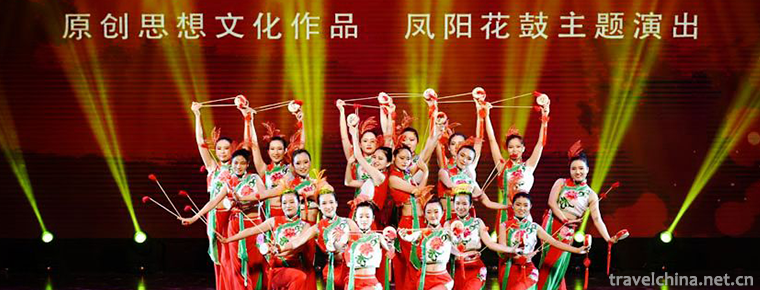
Fengyang flower drum
-
Bao Mo yuan
Baomo Garden is located in Zini Village, Shawan Town, Panyu District, Guangzhou City, Guangdong Province. It was built in the late Qing Dynasty and covers an area of five mu
Views: 189 Time 2019-01-02 -
Cangyan Mountain Scenic Area
Cangyan Mountain, located 50 kilometers southwest of Shijiazhuang City, Hebei Province, is located in Jinglong County. As the core scenic spot of Cangyan Mountain, Cangyan Mountain Fuqing Temple is li
Views: 173 Time 2019-01-04 -
Shanghai Changfeng Ocean World
Shanghai Changfeng Ocean World belongs to the world's largest aquarium chain brand of Merlin Entertainment Group, which is the first and second largest in Europe
Views: 242 Time 2019-03-17 -
Fried Wudong with XO sauce
Ingredients: 2 packs of instant Wudong, 4 or 2 pieces of pork shreds (about 160g), 1/2 cups of onion shredded, celery shredded and carrot shredded, 1 egg, 4 tablespoons of XO sauce, 1 tablespoon of ra
Views: 184 Time 2019-03-23 -
Korean Traditional Wedding
The traditional wedding ceremony of the Korean nationality in China is formed by the continuous integration and development of the Korean ancestors with the Han nationality and other minority
Views: 185 Time 2019-04-16 -
Daur Ruzhigle Dance
"Luzhigle" is a representative folk dance of Daur nationality. It varies from place to place, including "Alhambo", "Langtudabe", "Hakumai", "Hagen Melger&q
Views: 134 Time 2019-04-22 -
Duan Inkstone Production Techniques
Duan inkstone production technology, Zhaoqing City, Guangdong Province, traditional handicraft, one of the national intangible cultural heritage.
Views: 170 Time 2019-04-28 -
High Density Gray Spring Festival Pictures
Gaomi gray-flushing New Year painting, also known as "folk freehand painting", is one of the national intangible cultural heritage of Gaomi folk traditional art in Shandong Province.
Views: 158 Time 2019-04-30 -
Luo Juan Opera
Luojuan opera, commonly known as trumpet opera, is one of the local operas and one of the national intangible cultural heritages spread in Runan County of Henan Province and Dengzhou City of Henan Pro
Views: 169 Time 2019-05-15 -
Shui Shui Custom
"Shuishu" is a prototype written by the ancestors of the Shui nationality of the minority nationalities in Southwest China. Shui Shu custom is the formation, development and inheritance of S
Views: 214 Time 2019-06-15 -
Suqiao Flying Fork Club
Suqiao Flying Fork Club, also known as Yun Fork Club, is a local traditional acrobatics performance popular in Wen'an County, Hebei Province. The performances mainly consist of ancient forks, drums, c
Views: 349 Time 2019-06-17 -
Monkey Drum Encouragement of Yao Nationality
"Monkey Drum Dance of Yao Nationality" is called "Jiuglang" in Yao language. It is popular among Baiku Yao people in Yaoshan. "Monkey Drum Encouragement" is performed in
Views: 144 Time 2019-07-11
